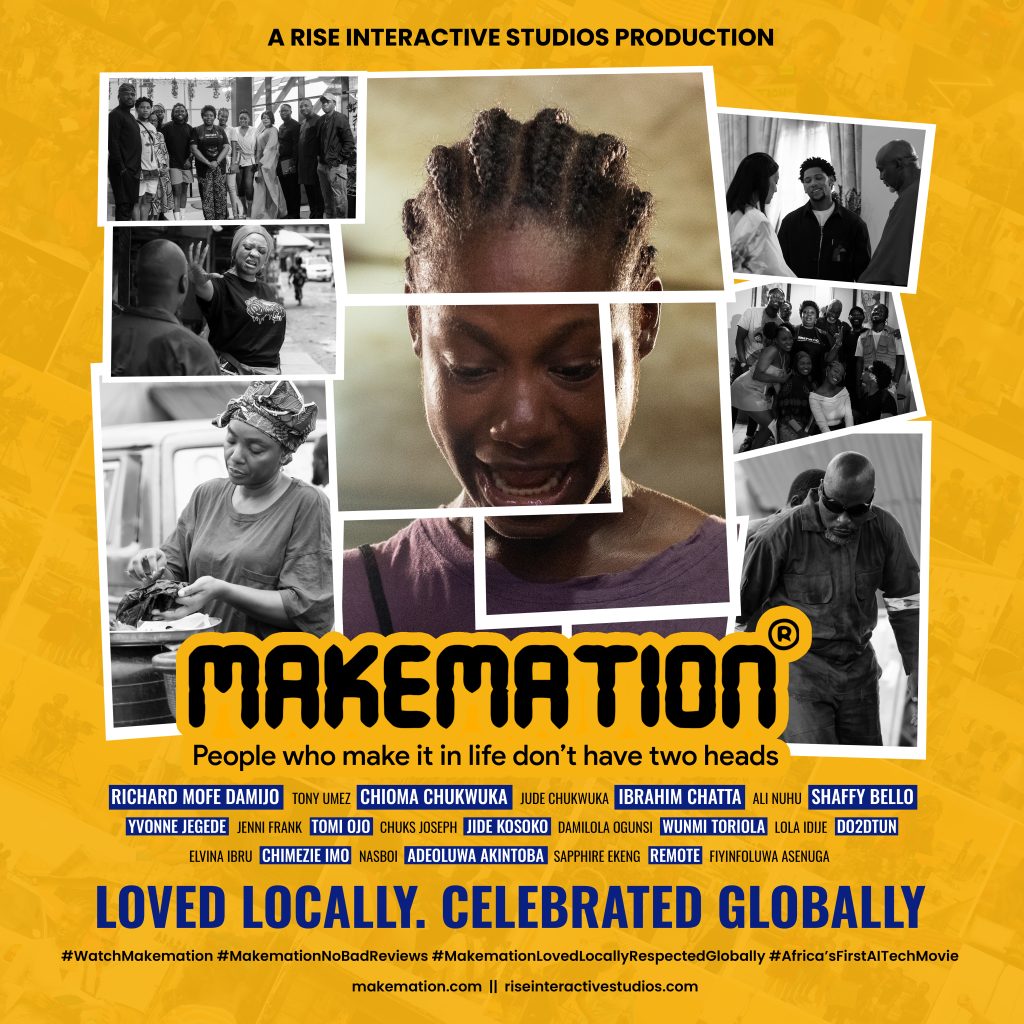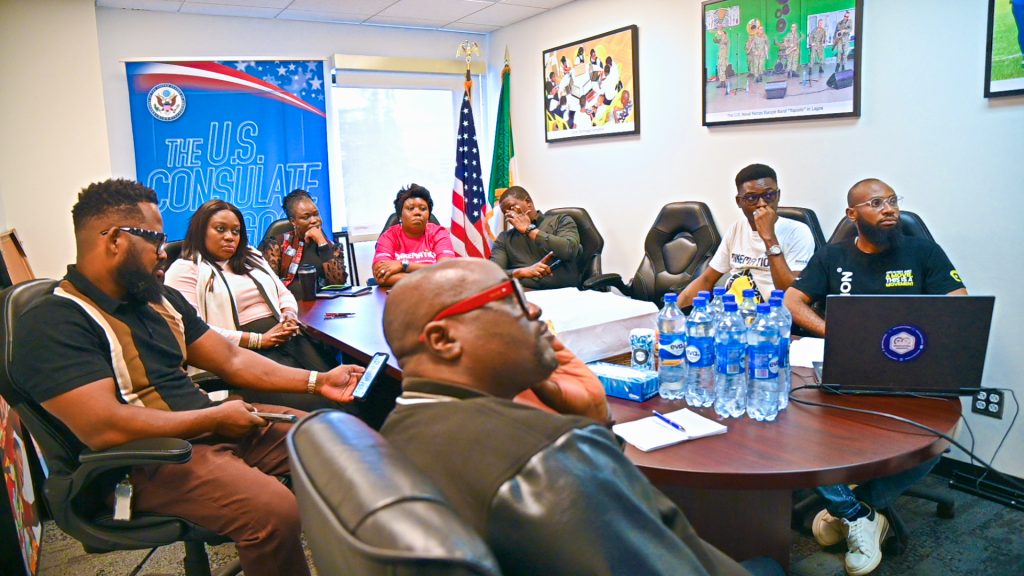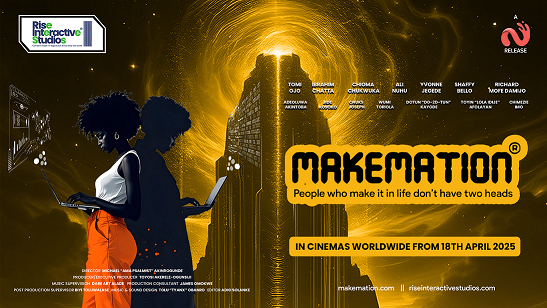Demystifying Emerging Technologies: Leveraging Familiar Channels of Interaction in Africa to Drive Adoption
Introduction:
As the wave of emerging technologies—particularly Artificial Intelligence (AI)—sweeps across the globe, one question consistently arises in the African context: how do we bring these innovations closer to the people? How do we make sure that AI isn’t just a buzzword in boardrooms but a living, breathing part of our everyday lives?
The answer may not always lie in more innovation—but rather in more intentional communication through familiar channels of interaction.
Whether it’s through mobile phones, radio, community events, or even storytelling in films, Africa holds unique opportunities to simplify, localize, and deeply embed complex technologies like AI into the cultural fabric. This article explores the strategies that work, the platforms that resonate, and how organizations can bridge the gap between technological advancement and everyday relevance.
1. Mobile: Africa’s First Digital Touchpoint
With over 1 billion mobile subscriptions on the continent, mobile remains Africa’s most impactful tech gateway. Whether it’s SMS, USSD, or mobile apps, mobile-first strategies are crucial to reaching audiences at scale.
Example: In Nigeria, startups have launched AI-powered apps to assist farmers with crop prediction or help students prep for exams through chatbots. These tools, accessible by even the most basic phones, are redefining access.
Insight: Designing AI tools that run on low-bandwidth networks, support local languages, and integrate with platforms like WhatsApp can turn emerging tech into everyday essentials.
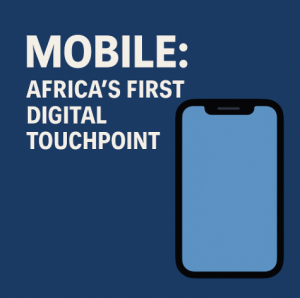
2. Social Media: Where Conversation Meets Innovation
Social media in Africa is more than a pastime—it’s a cultural force. Platforms like Twitter (X), LinkedIn, TikTok, and WhatsApp host vibrant conversations on innovation, entrepreneurship, politics, and tech.
Example: Fintechs like Paystack and Flutterwave use Instagram Live and Twitter Spaces to educate users on digital finance. Similarly, AI startups can host interactive sessions that explain how machine learning supports everything from voice recognition to credit scoring.
Insight: Storytelling + social media = powerful persuasion. Don’t just talk about AI. Show it. Use reels, Twitter(X) threads, and memes to localize and humanize your message.
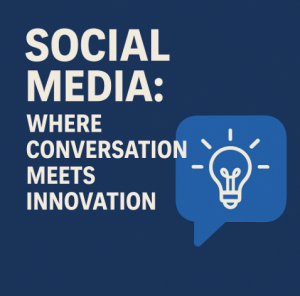
3. Radio & Local Language Channels: Old but Gold
In rural communities, radio is still king. Community radio stations broadcasting in indigenous languages can become powerful allies in tech education and social awareness.
Example: HealthTech initiatives have used radio drama to explain COVID-19 vaccines. The same model can be applied to AI, using character-driven radio series to teach how AI can support education, health, and business.
Insight: Tech storytelling doesn’t always need screens—it needs relatability. By simplifying AI into everyday stories, radio becomes a bridge between the unknown and the familiar.

4. Film as a Channel: MakeMation—When Entertainment Meets Education
In an age of short attention spans and content overload, cinema remains one of the most immersive ways to learn without knowing you’re learning. Enter: MakeMation—The Movie.
Described as “the tech family movie of the year,” MakeMation doesn’t just entertain—it educates. By exploring AI, technology, gender inclusion, and digital transformation through compelling characters and narratives, the film serves as a cultural tool for mass education and behavioral change.
Why it matters:
- It humanizes technology through storytelling.
- It creates a relatable picture of what the future can look like.
- It models gender-inclusive tech leadership and innovation.
Insight: Visual storytelling (especially via film and TV) can reach audiences that academic papers and webinars cannot. MakeMation is a blueprint for how movies can double as tools of social reengineering, creating room for dialogue, curiosity, and cross-generational learning about the role of AI in African development.
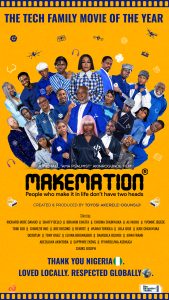
5. Community Events & Grassroots Dialogue: Local is Scalable
Africa’s rich community structure—from youth centers to religious institutions—offers a ready-made infrastructure for knowledge dissemination. Engaging these groups with AI community meetups, innovation hubs, and tech bootcamps ensures technology is not seen as elite, but owned by the people.
Example: AI Saturdays in Nairobi and Lagos bring together enthusiasts, students, and professionals to learn, build, and collaborate. The more localized and inclusive the event, the more powerful the impact.
Insight: Don’t just talk about AI in cities. Take the conversation to the grassroots—schools, churches, mosques, and markets. Build localized champions who can spread the gospel of tech in their dialect, tone, and tempo.
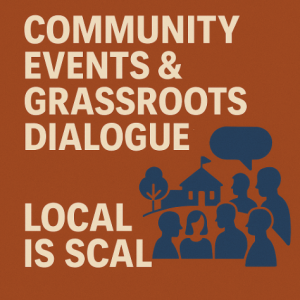
6. Skill Development & Talent Pathways
Technology uptake can only be as good as the human capital behind it. From bootcamps to community challenges, equipping young Africans with the skills to build, use, and improve emerging technologies is the final step in the journey from awareness to adoption.
Example: The African Institute for Mathematical Sciences (AIMS) is partnering with Google to train AI researchers. What’s needed now is for more local institutions to replicate these models—teaching both theory and application using real-world problems.

Conclusion: Familiar Is Not Boring—Familiar Is Effective
The future of AI in Africa won’t be built by machines alone—it will be co-authored by culture, community, and context.
Whether it’s:
- a mobile app,
- a local radio broadcast,
- a grassroots forum,
- a tweet in Pidgin,
- or a powerful film like MakeMation—
Every interaction counts.
To truly resonate with the people, organizations must meet audiences where they already are—and use the tools they already trust.
Let’s tell better stories. Let’s build simpler tools. Let’s make the future feel like home.
